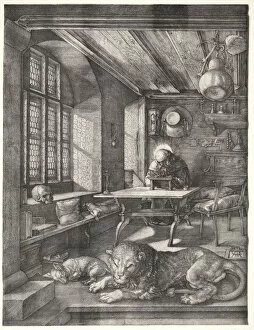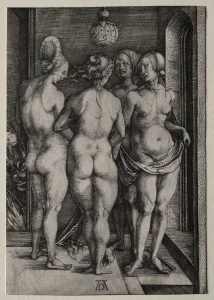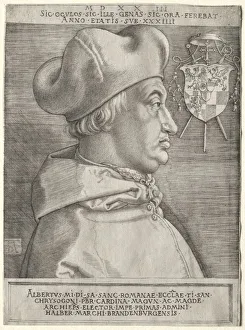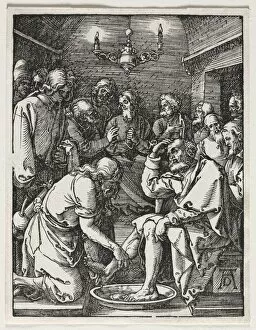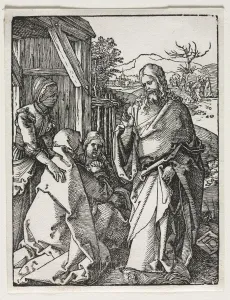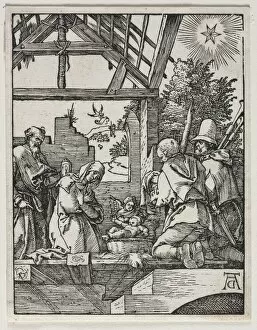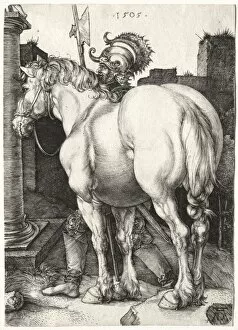Albrecht Dürer German Collection
Albrecht Dürer, a renowned German artist of the 15th and 16th centuries, left an indelible mark on the art world with his diverse range of masterpieces
All Professionally Made to Order for Quick Shipping
Albrecht Dürer, a renowned German artist of the 15th and 16th centuries, left an indelible mark on the art world with his diverse range of masterpieces. From his enigmatic engraving "Melencolia I" to the serene depiction of "St. Jerome in His Study, " Dürer's works captivate viewers with their intricate details and profound symbolism. In "The Four Witches, " Dürer challenges societal norms by portraying four naked women, each representing different aspects of femininity. This provocative piece showcases his ability to push boundaries and provoke thought through art. Dürer's talent for capturing human emotion is evident in "Cardinal Albrecht of Brandenburg - The Large Plate. " With meticulous precision, he portrays the cardinal's regal presence while hinting at inner turmoil beneath the surface. "The Flagellation" depicts Christ's suffering with raw intensity, showcasing Dürer's mastery of anatomy and composition. Similarly, in "St. George Killing the Dragon, " he captures a moment of heroic triumph as St. George slays a menacing beast. Intriguingly dark yet mesmerizingly beautiful, "The Beast with Seven Heads and the Beast with Lambs Horns" delves into themes of good versus evil. Through this work, Dürer explores humanity's eternal struggle between lightness and darkness. Dürer also delves into matters of love and relationships in pieces like "The Offer of Love (or The Ill-Assorted Couple). " Here, he presents an unconventional pairing that challenges conventional notions about compatibility. Religious themes are prominent throughout Durer’s oeuvre; both “The Nativity” pieces depict scenes from Christ’s birth but offer contrasting interpretations – one exuding serenity while the other evokes dramatic tension. "The Flight into Egypt" transports viewers to a biblical scene filled with emotional depth as Mary cradles baby Jesus during their escape.



